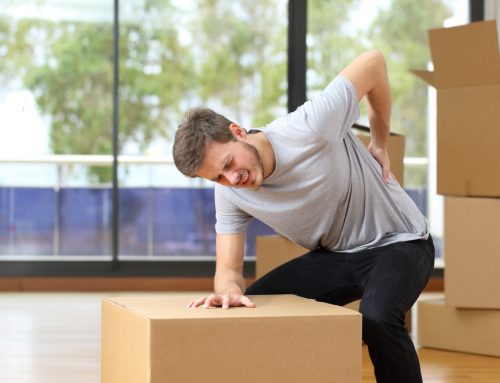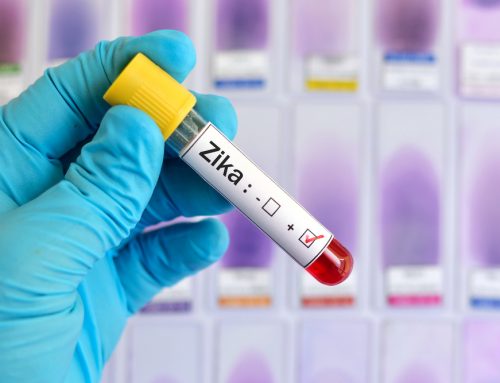 Many people experience leg pain associated with a back injury. This leg pain is caused when discs in your spine are compromised and the disc pushes on or impinges a nerve root exiting the vertebrae.
Many people experience leg pain associated with a back injury. This leg pain is caused when discs in your spine are compromised and the disc pushes on or impinges a nerve root exiting the vertebrae.
Your spine has one intervertebral disc in-between each vertebra. The discs are sponge-like discs that allow the spine to stay flexible, movable, and each provides absorption of shock from activity. The discs also maintain a certain spacing between each vertebrae.
A disc may become injured. It may bulge, protrude, or have a small tear on the outside covering that allows the inner material to herniate out. Slight protrusions/bulging are normal in the aging person. Slight bulges or protrusions may not affect the nerve roots. When a disc is compromised it can place pressure or impinge on a nerve root. The nerve roots innervate different areas of the body. In the lumbar spine, the nerve roots innervate the lower extremities. If a lumbar disc is injured the pressure/impingement on the nerve root can cause mild to moderate to severe leg pain and leg pain symptoms (including buttock, leg, knee, foot pain, numbness or other symptoms (Radiculopathy).
What it feels like
“Pins-and-needles” is one way to describe the pain you may feel from a back injury. This sensation causes a numbness in the leg that starts high upon the leg (buttock or knee) and ends lower (thigh, ankle, or foot). You may also experience pain in the front of the thigh, muscle spasms, or weakness in one or both legs.
Patients have also described a burning pain that radiates from the low back down to the leg. This is said to feel like an electric or shooting pain that often displays itself with a jolt. This pain can often be excruciating, and is typically caused when a nerve root in the low spine is aggravated.
Other forms of pain may surface themselves with weakness, heaviness, constant pain, or positional pain. These forms of pain may come about when completing certain activities such as walking, running, sitting, or standing. Sometimes the pain feels as though it is aching or throbbing, and won’t go away.
What to do
Leg pain may be alleviated by stretching or finding more comfortable positions; however, the only way to fully get rid of leg pain is to find the source of injury. Those with lower back pain as well as leg pain should see a doctor to understand the root cause of the pain and how to treat it. Learn more about clinical trials and back pain here.








Leave A Comment